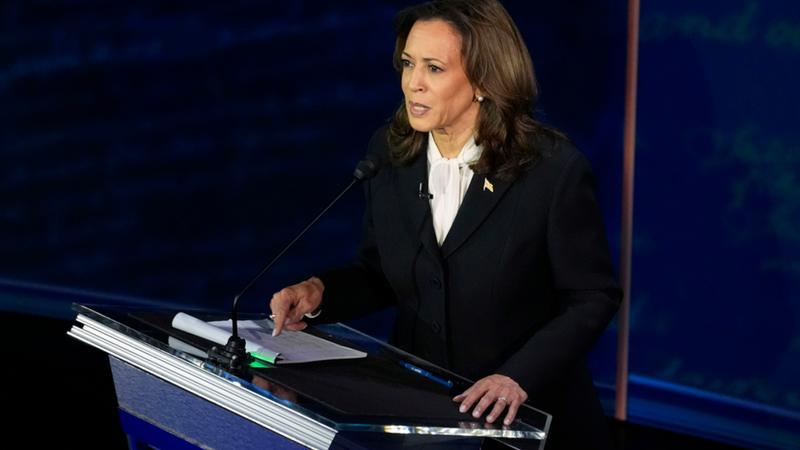Published 13:25 IST, September 28th 2024
Kamala Harris’ economic plan bows to realities
Vice President Kamala Harris on Sept. 25 released more details of her economic agenda which would be paid for by raising the corporate tax rate.

Smaller spoils. Unlike the prior two Democratic presidents, if Kamala Harris wins the November election, she would likely not be entering office in the midst of a cataclysmic economic crisis. But the difficult circumstances Barack Obama and Joe Biden found themselves in during the financial crisis and pandemic, respectively, actually gave them a bit of creative breathing room when it came to economic policy. If Harris manages to defeat Republican candidate Donald Trump, she will likely face a much more constraining fiscal and political environment than her predecessors, a fact that she seems to recognize in the modest economic plan she released Wednesday.
The plan, which in 82 pages largely fleshes out policies Harris has already mentioned on the campaign trail, is heavy on tax credits — new small business owners get a $50,000 deduction, first-time homebuyers get a $25,000 boost, new parents would get $6,000 in the first year of their baby’s life. Biden’s paradigm-shifting industrial policy would be continued, but largely using the existing money already appropriated by Congress in recent years. To that pot, Harris would add more tax breaks for aerospace and biotech production and investment.
Harris’s plan is cognizant of the limits she would face in office. The federal government’s 2024 budget deficit is $1.9 trillion, and while the Federal Reserve is now in a rate-cutting cycle, interest rates are just off multi-decade highs, making additional debt more expensive to finance. With the inflation boogeyman only newly-tamed, policymakers will be justifiably reluctant to embark on major new stimulative spending anytime soon.
Politically, Harris, if she wins, is likely to enter office without Democratic control of the Senate, according to current political forecasts. That would severely limit her legislative capabilities, in contrast to Obama and Biden. Still, on the upside for Harris, there are some things the federal government must do next year, regardless of who controls which offices. Most importantly, there will need to be some sort of grand bargain on taxes, given the expiration of many of the provisions in the 2017 Tax Cuts and Jobs Act at the end of 2025. That sets her up to get at least some of what she wants. She, too, would need to make a deal with Republicans. But she'll have enough leverage to ensure her plans are at least not dead on arrival.
Context News
Vice President Kamala Harris on Sept. 25 released more details of her economic agenda, including tax credits for strategic industries like biotechnology and aerospace, which would be paid for by raising the corporate tax rate. The plan also calls for subsidies for small business owners and first-time homebuyers, a more-generous child tax credit, and changes to environmental review and zoning processes for certain construction projects, including housing and renewable energy.
Updated 13:25 IST, September 28th 2024
